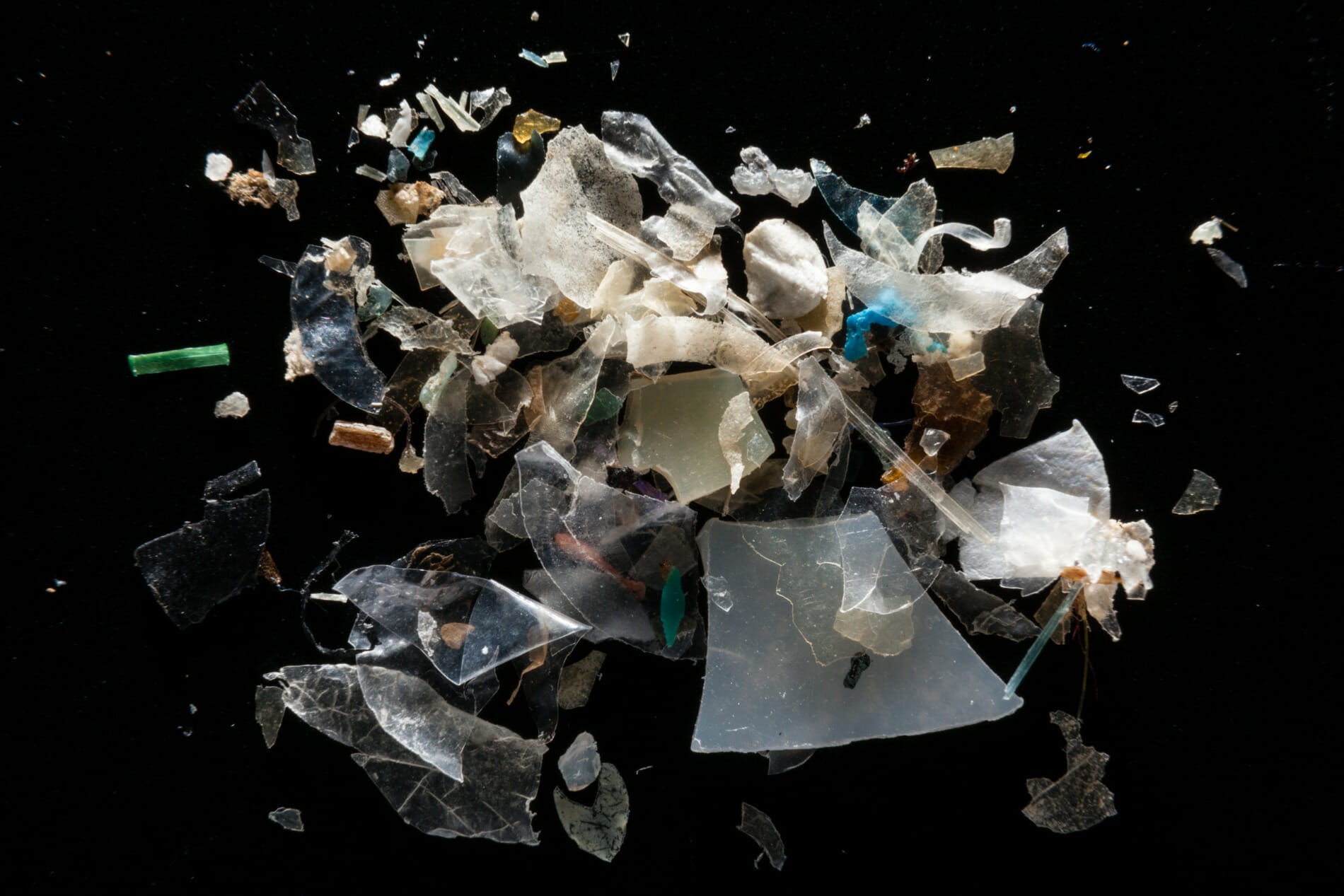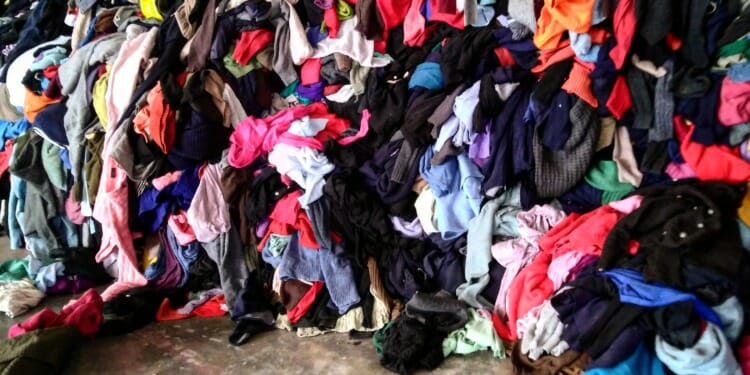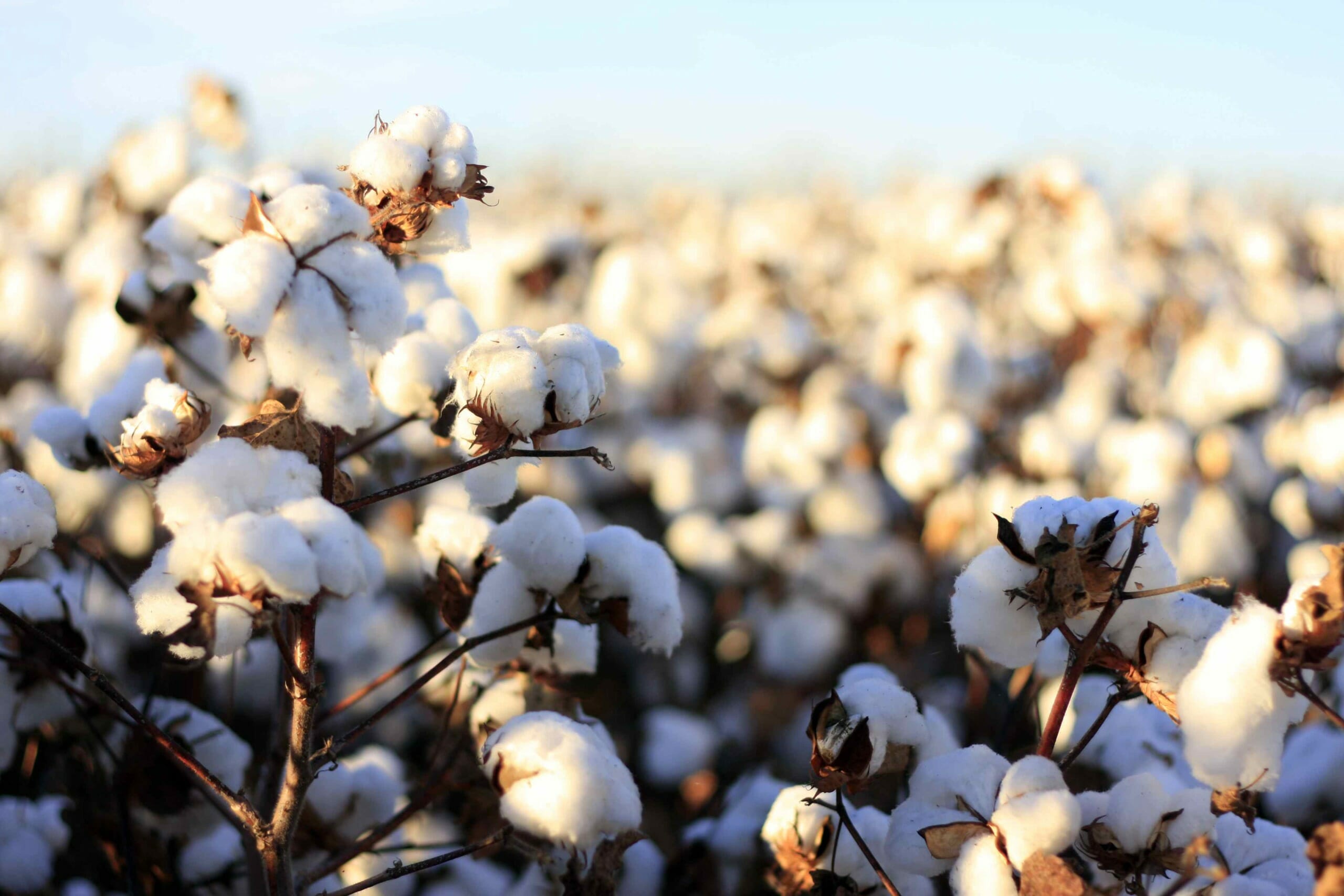Tone is co-editor of “Local, Slow and Sustainable Fashion Fibres: Wool as a Fabric For Change”, from Palgrave Macmillan, out on December 18, 2021.
As the world comes to terms with the climate crisis and the environmental devastation of our over-consumption, we are increasingly being told that switching to greener products will not only save us, but be good for the economy. This is the principle behind “green growth”, which encourages us to continue consuming as long as the products we buy are more sustainable. But could it be that someone is pulling wool over our eyes?
The fashion industry has become one of the main culprits in the blaming-and-shaming for carbon-emissions, and numbers have been thrown around at a rate that rivals fast fashion. One of the most used statistics is that textiles in 2015 emitted 1.2 billion tons of carbon dioxide, equivalent or more than maritime shipping and international flights combined, a number that has since been challenged. However, the fashion industry is far from off the hook.
Green growth aims to decouple growth from a reliance on virgin materials by keeping things already in circulation around for as long as possible through recycling, reselling, and renting. Choosing “greener” materials is favoured by global, international brands, fueled by the media’s embrace of innovations that are frequently touted as ground-breaking solutions to pressing environmental issues.
An example is biosynthetics, laboratory-developed and patented fibers that the fashion industry has been quick to adopt. Some of these synthetics are made from industrial and agricultural waste, but whether they actually contribute to better textiles has yet to be proven. Meanwhile there is little information on their actual environmental footprint, as most are patented and not open to the public.
Circularity undermined
The idea that recycled synthetics should replace virgin cotton as the main source for clothing first surfaced in the first Pulse report, which launched at the Copenhagen Fashion Summit in 2017. This has become a core strategy of the circular economy in fashion, and we are increasingly seeing collections utilizing synthetics made from recycled material. In line with this strategy, the Footwear Distributors and Retailers of America (FDRA) released an environmentally preferred materials (EPM) guide for shoe manufacturers establishing that footwear made with synthetic fibers, polyester, nylon and spandex, must be made from at least 50 percent recycled content, with the goal of increasing this number to 100 percent by 2035.

That looks good, on paper. But it doesn’t quite square with reality. Fashion is not even close to being “sustainable,” and designers need to come to grips with the fact that no matter what fabrics they choose, we’re still producing and consuming too much. Overconsumption has surpassed overpopulation as the leading driver for climate change, and research shows that we actually buy more when items are labeled with words like “recycled” or “circular”.
The recently released Fashionscapes: A Circular Economy reveals that a faux circular economy dominates the industry and instead of facilitating the transition to a more socially and environmentally just industry, circularity is in the process of being co-opted. “I don’t see any real circularity in the apparel sector. I see permission to shop,” says Veronica Bates-Kassatly in the movie, which is produced by Livia Firth, founder and creative director of Eco-Age, and directed by Andrew Morgan, the award-winning director of the movie The True Cost.
One of the biggest misconceptions around a truly circular economy is that plastic is infinitely recyclable. Most recycled polyester stems from PET bottles that could have been recycled over and over again as bottles, but once they become clothes, recycling stops in its tracks.
Less than one percent of clothing material is recycled into new clothes, and only 13 percent is recycled into other products.
In the EU, the bulk of collected textiles is exported to countries without proper collection infrastructure, meaning much of it ends up being landfilled or incinerated.
So circular solutions are very much in the blue, even though the EU will require countries to set up separate collecting mechanisms for textiles by 2025 as part of its Waste Framework Directive. The fashion companies seem to believe everything will fall into place, so they can continue with their current business-model. Inditex, the world’s largest fast-fashion company, plans for all their polyester to be recycled by 2025, while Primark last year pledged to more than double the number of products made from recycled materials to 40 million.

The Peril of Green Growth: Is “degrowth” the answer?
In contrast to green growth, there are proponents of “degrowth”, which rejects an economic model based on incessant growth and posits that we should make do with less. It’s something that politicians would rather not hear. As Paola Migliorini, Deputy Head of the Unit for Sustainable Production at the European Commission said in a recent webinar on the textile industry, “reduced consumption is not really an option, better consumption is.” If the European Commission’s bureaucrats are skeptical, it is going to be a steep hill to climb.
However, a recent British report is calling on brands to reduce the demand for new clothes by fifty percent. The call is made in a new Circular Fashion Ecosystem (CFE) report from the British Fashion Council’s Institute of Positive Fashion (IPF). “It is time for us to confront a life with less, to accept constrictions on quantity,” says Kate Fletcher, Professor of Sustainability, Design and Fashion, University of the Arts, London. “It is uncomfortable, but if we are to change our focus from human-centered to a focus that includes all living things on Earth, this is where we have to start. The belief that economic growth needs to continue is the main obstacle for real change.”
Synthetics and the fossil fuel economy
Our dependency on a fossil economy and fossil resources, which also fuel synthetics as their raw material, therefore needs to be reexamined, as it could easily be argued that the sharp rise in apparel consumption since the 1980s is tied to an increase in synthetics in both clothing and footwear. If one looks at statistics for the percentage of synthetics in the fiber-market, polyester is now said to represent around 63 percent. The natural fibers, on the other hand, have lost market-shares year on year.
In addition, our whole economy and growth paradigm is built on the same fossil energy sources. Tone Smith, who heads the advisory board of Rethinking Economics Norway and is active in the international degrowth movement as an ecological economist, says: “Improvements in energy use and material inputs in the production process will not result in actual reductions of environmental impacts unless overall consumption and production is limited. Industrial economies use between twenty-five and fifty times more material resources per person per year than hunter and gatherer societies used; for energy consumption, the picture becomes even more stark, as this is several orders of magnitude higher.”

Green growth and fossil fuels: an unbreakable bond
Decoupling green growth from a dependency on fossil fuels, is, according to Smith, just not possible. In the 17-minute long Fashionscapes: A Circular Economy, journalist and author Lucy Siegle talks about how synthetic fibers have fueled the climate crisis: “Synthetics have been one of the major ingredients of the fast fashion revolution. Plastic is a material where you find a problem at every single stage of its life cycle.”
One of the problems she is referring to, is microplastics, which are generated both from wearing and laundering our textiles. Yes, all fibers and fabrics shed; but the growing evidence of the problematic chemicals virtually gluing themselves to the synthetics is alarming. Microplastics attract toxic chemicals, such as PCBs and pesticides, from the environment, which bind to the plastics.
The issue here is that size does matter. And size, or rather the rampant increase in consumption, is more or less parallel to the increase in synthetics as the fiber of choice, as mentioned. Tempting then to listen to Dr. Michael Braungart, one of the original founders of certification body Cradle 2 Cradle, and his trepidations related to microplastics. He was quite clear during the 2021 Berlin Fashion Summit when advising the audience on a way forward:
“Let us agree here and now that for synthetics, we only use carbon captured from the atmosphere, no oil-based, no recycled PET; otherwise, all raw-materials should be from natural and biodegradable sources. We need to have a positive footprint, not a less negative one; and measure those positives. Hitting your child 5 times instead of 10 isn’t going to help your child, so a little ‘less bad’ isn’t going to cut it. All textiles should be designed into the biosphere, it is washing machines and this type of products that need to go into the techno-sphere. The current take on circularity is stupid. As it is, we have the wrong goals. If the goal is zero impact, humans have no place on this planet.”
If we want a true level playing field for fibers, the cost of using carbon captured from the air for synthetics would be right up there with the most expensive vicuña fiber, rather than the dirt-cheap fiber polyester is today. This would certainly bring the volume down from the 63 percent or even more of the fiber-market it boasts today, to a niche-fiber used only when absolutely needed to keep us dry in the most trying conditions.
Myself, I’ll stick with my 100 percent wool wind-breaker except for those massive rain-pours that happen once in a while, thanks to climate change. Then I’ll bring out my polyester-based rain-jacket.
Editor’s Note: If conceived as an intermediate step in a phased strategy, and not a long-term solution, using recycled synthetic fabrics in clothing is a valid approach to curb rising consumption while satisfying the needs of lower income groups. The opinions expressed here by Impakter.com contributors are their own, not those of Impakter.com. — In the Featured Photo: Wool clothing diverted from the landfill. Featured Photo Credit: Hasnain Lilani














